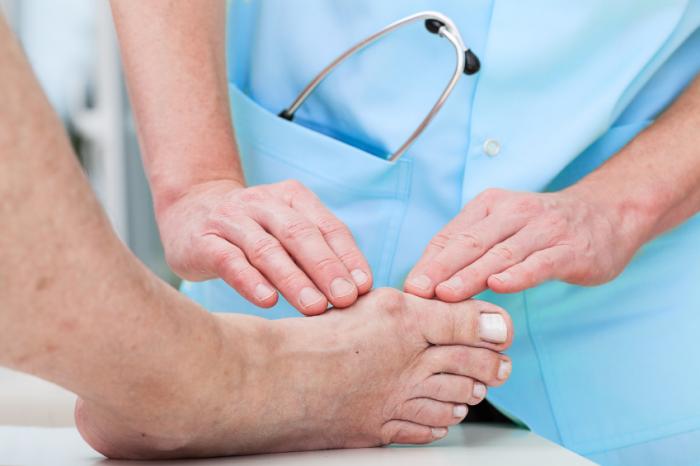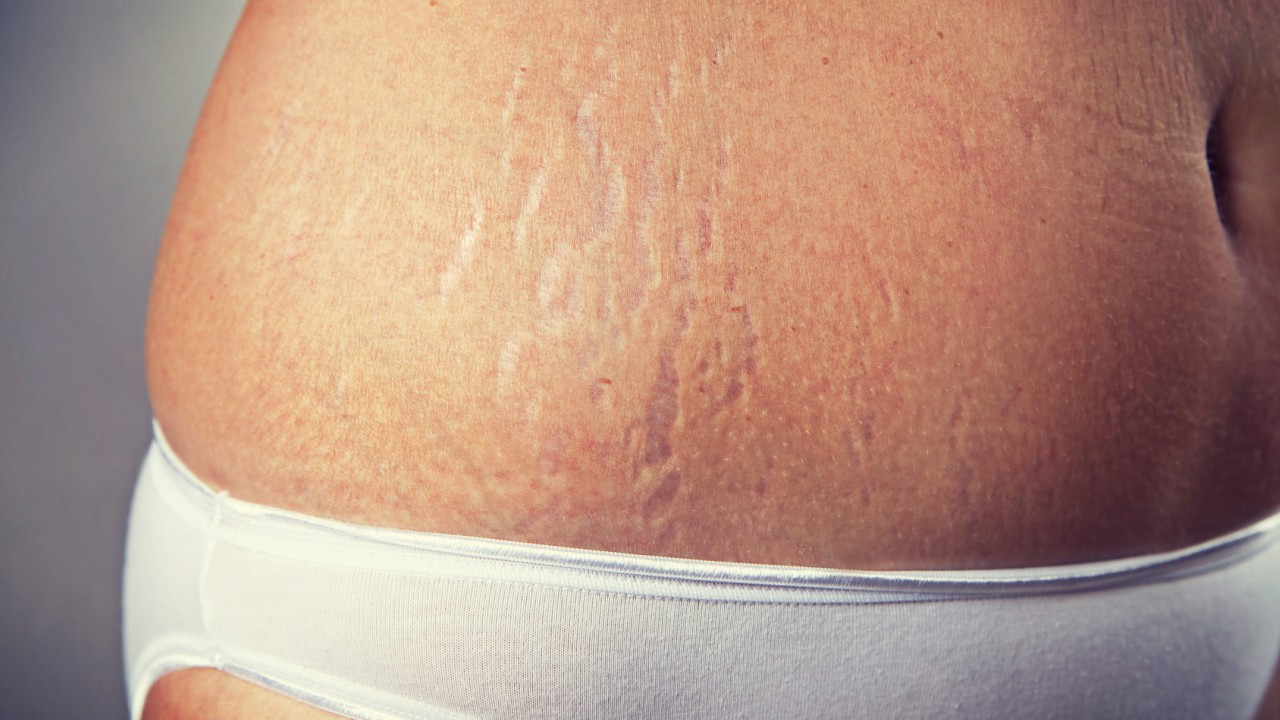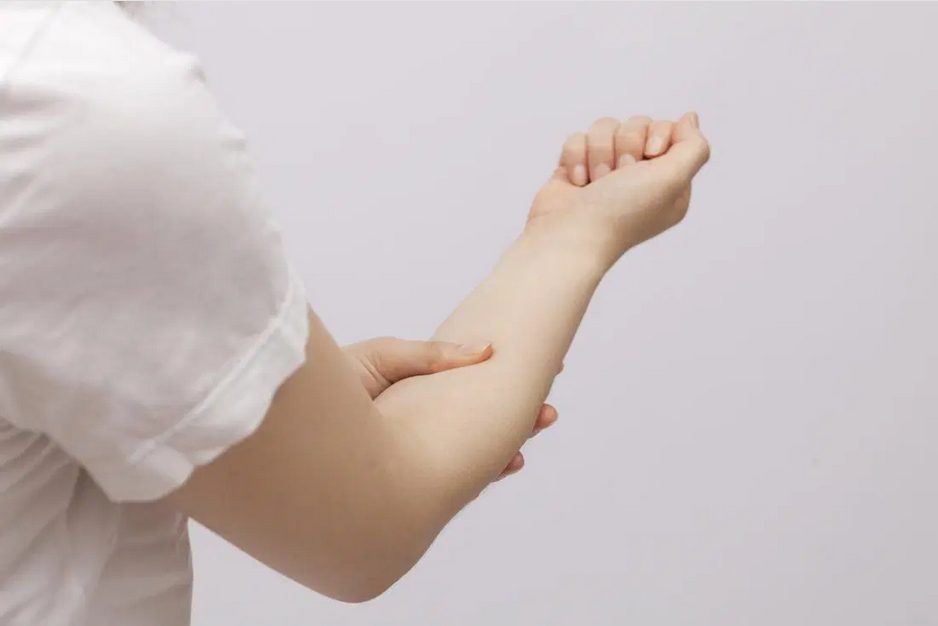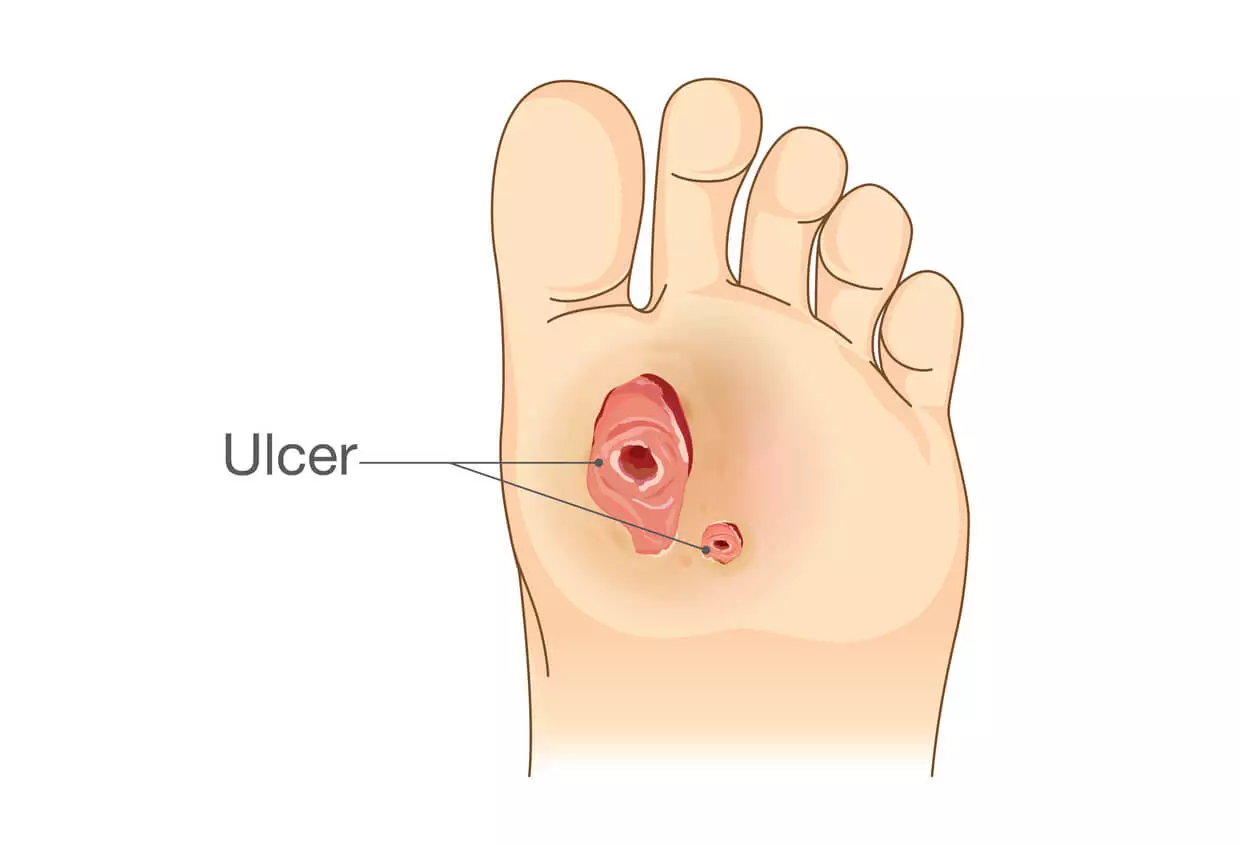Have you ever felt pain in your spine? Do you know anyone who has been through this? In USA, more than 5 million people have diseases in this region of the body. Around the world, at least 80% of the population suffers or will still suffer from these problems. One of the most common is herniated disc.

The laser spine surgery Long Island is a minimally invasive procedure for the treatment of the spine, particularly of the disc hernias, where there are no incisions (cuts) and the risk of bleeding is lower. Procedures involving percutaneous (through skin) disc decompression are intended to relieve intra-discal pressure and eliminate the symptoms associated with the compression of nerve structures adjacent to the discs, with the advantage of reducing surgical trauma providing better patient recovery.
Patients presenting with spinal pain, with or without irradiation to the extremities, that corresponds to the presence of disc herniation confirmed by radiological diagnosis (magnetic resonance), and that does not improve with conservative treatment (drugs and physiotherapy).
How does the laser work in this treatment?
Percutaneous laser decompression does not remove material from the disc. The technique produces, in an image-assisted manner (radioscopy, Arco-C), the reduction of intradiscal pressure through vaporization of the nucleus pulposus. That is, by absorbing laser energy, it promotes the return of the herniated disc portion towards the disc center due to the generated pressure gradient. The Laser can also be used in conjunction with the endoscope to assist in the treatment of disk hernias, in which the laser, alone, will not benefit.
Benefits of this procedure
The procedure can be performed with general, local anesthesia and mild sedation. As access to the disc is performed through a needle, there is less risk of bleeding, shorter operative time, healing and recovery time are faster and there is less postoperative pain when compared to the microsurgical technique.











